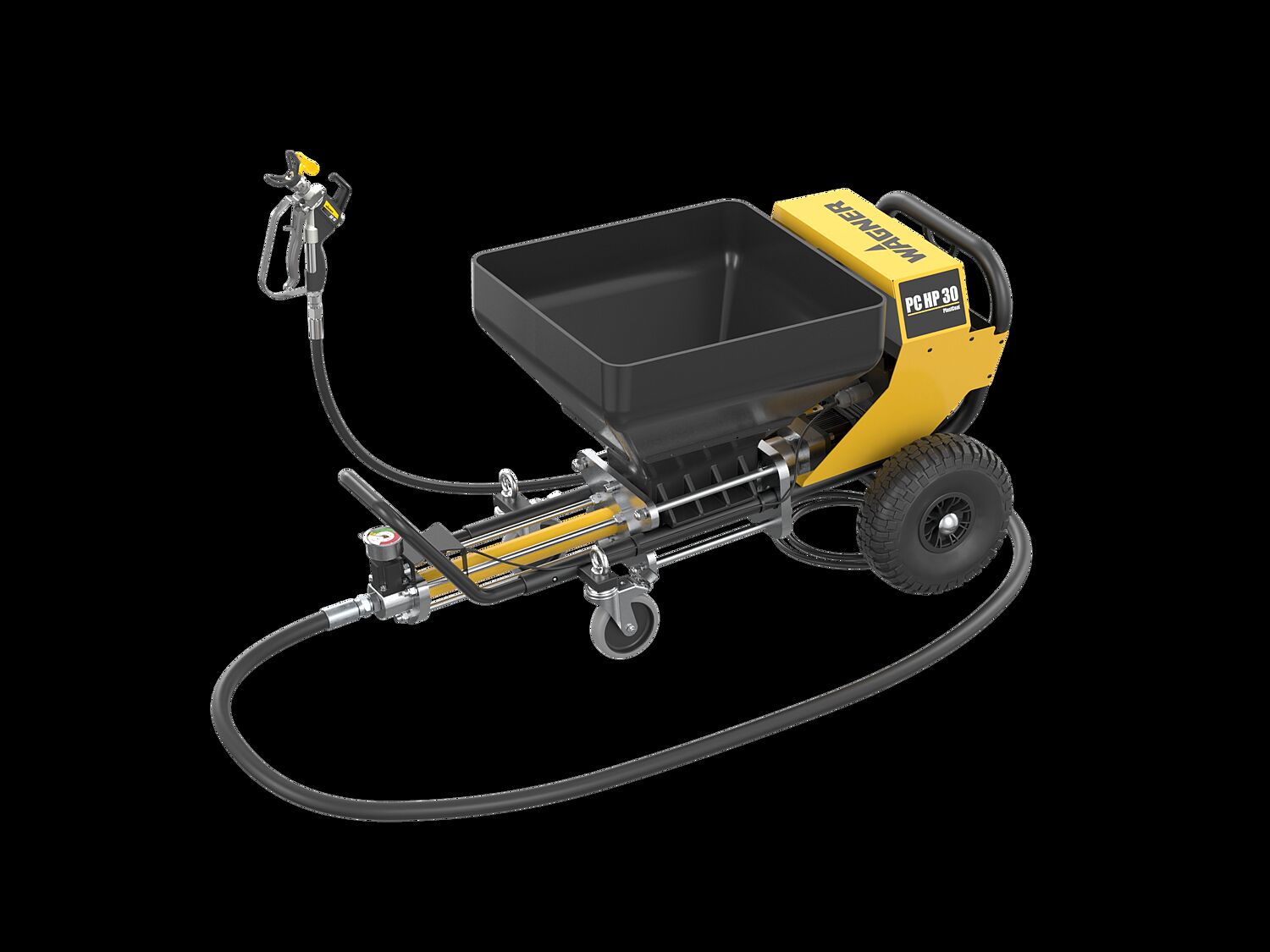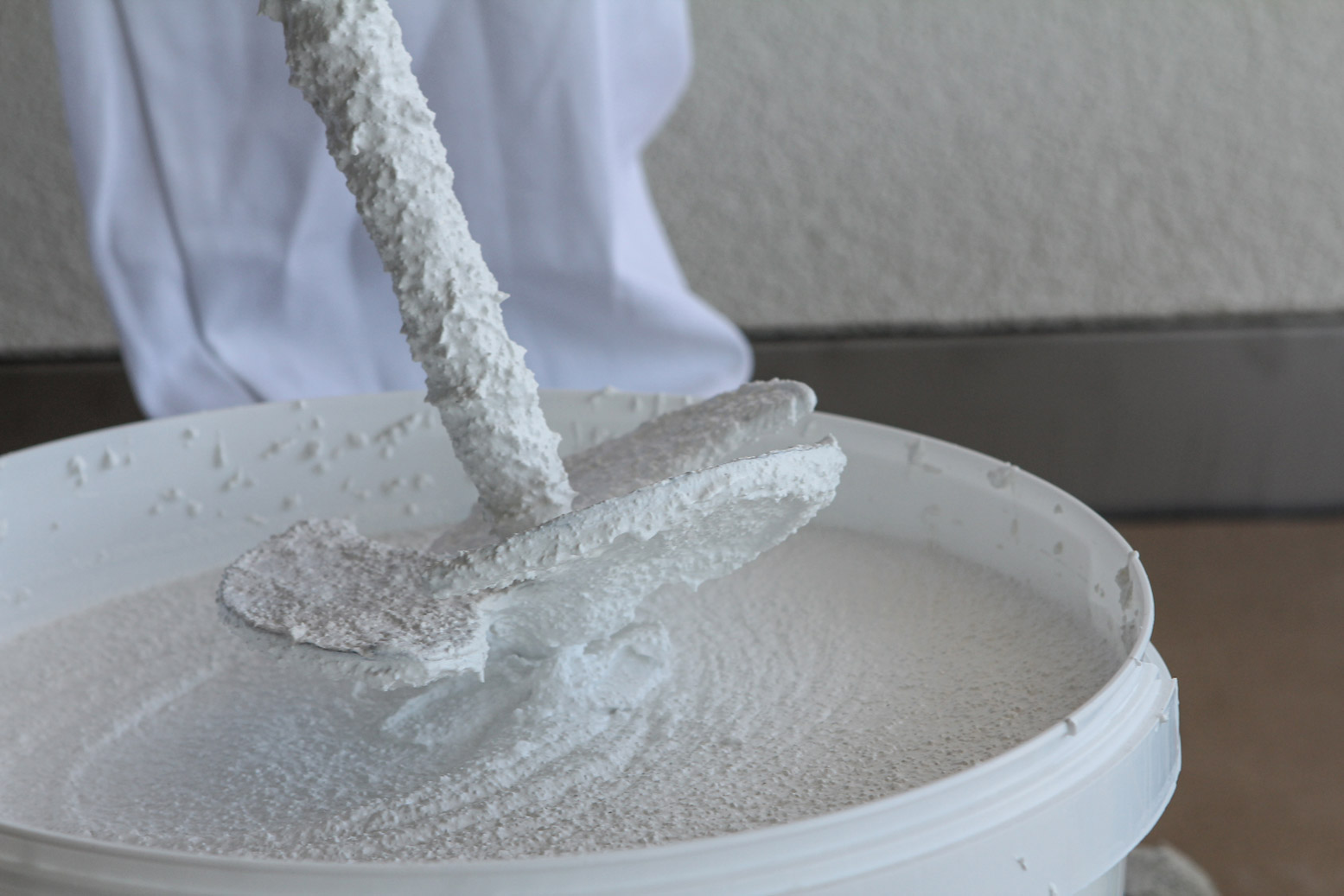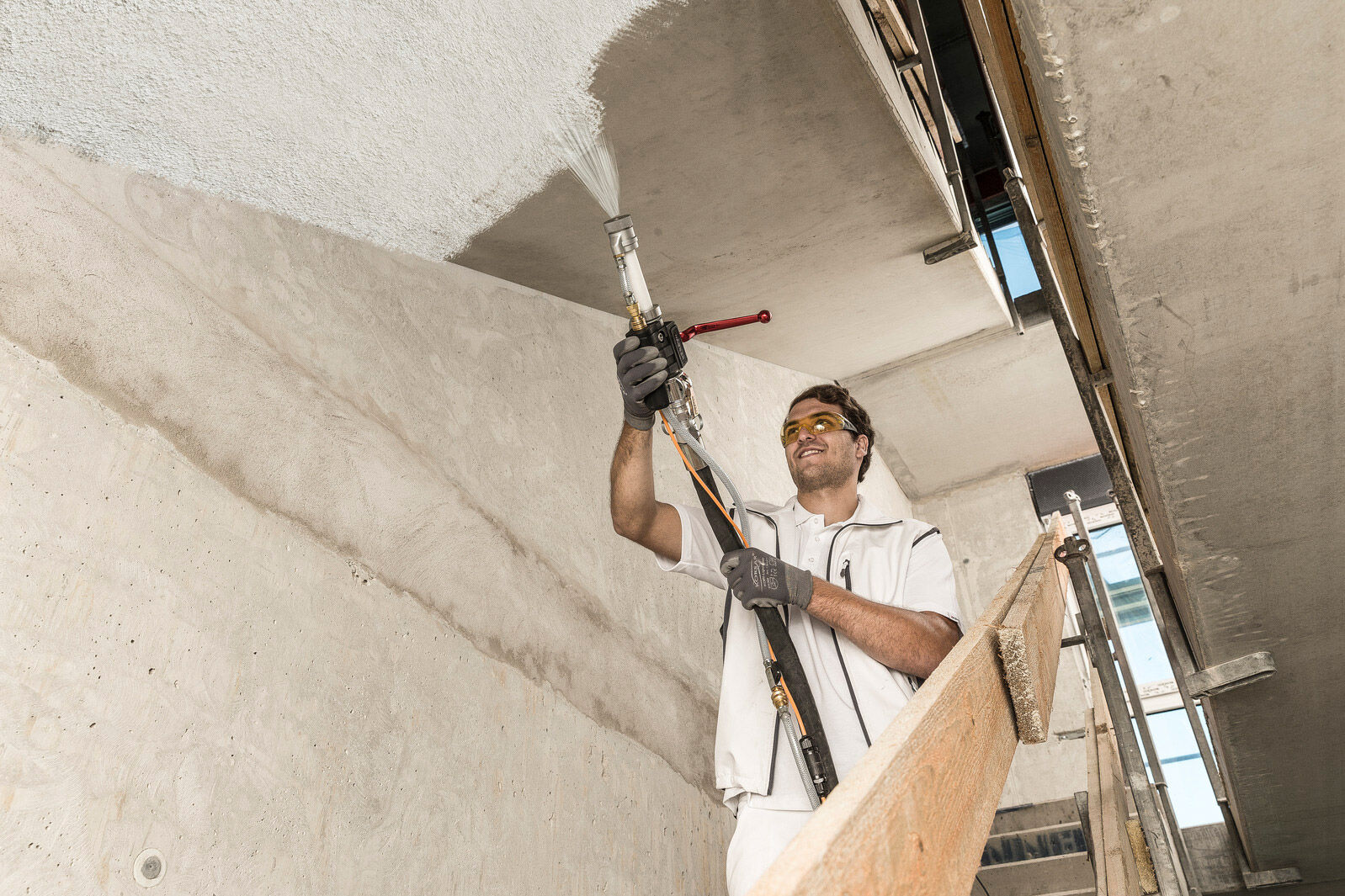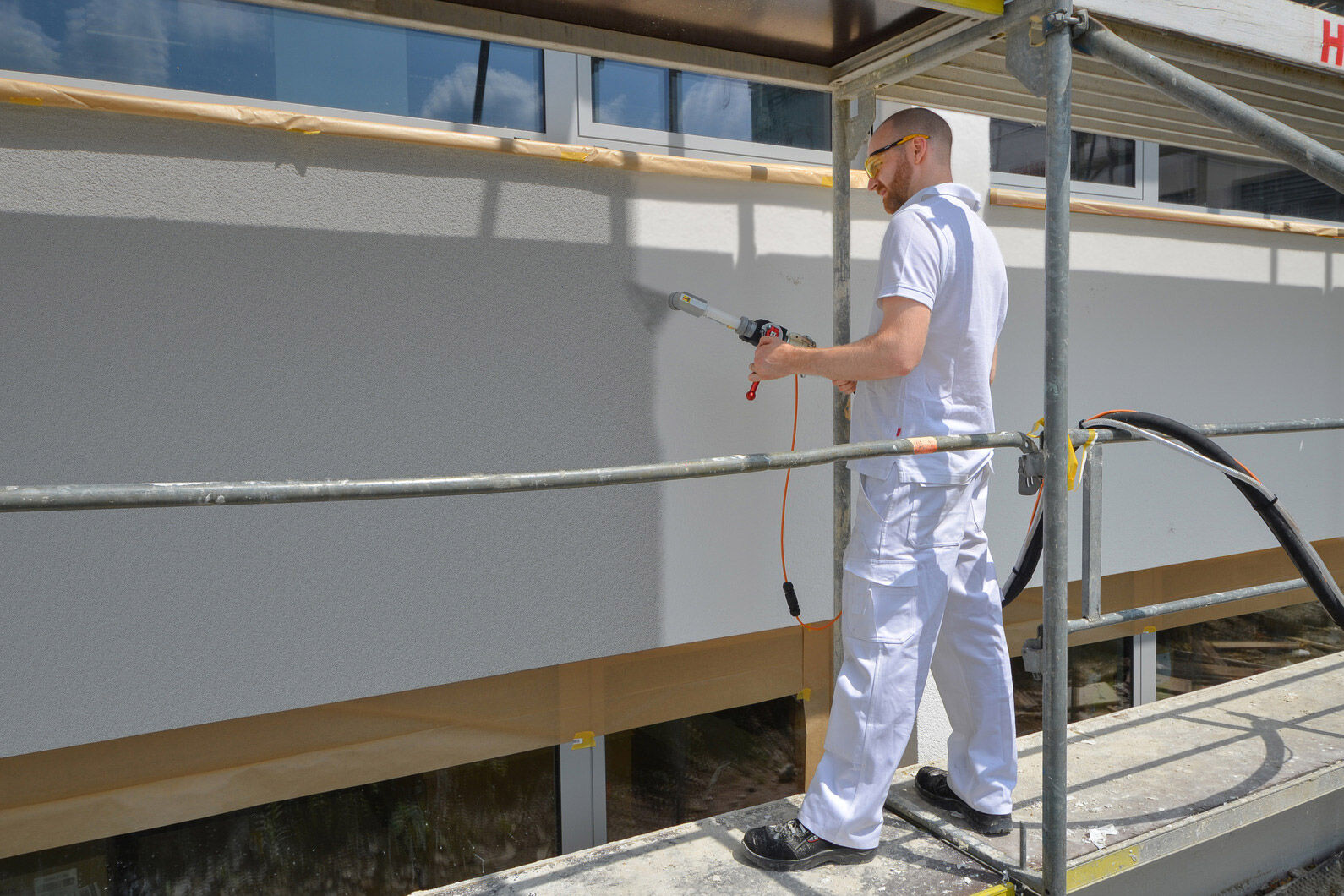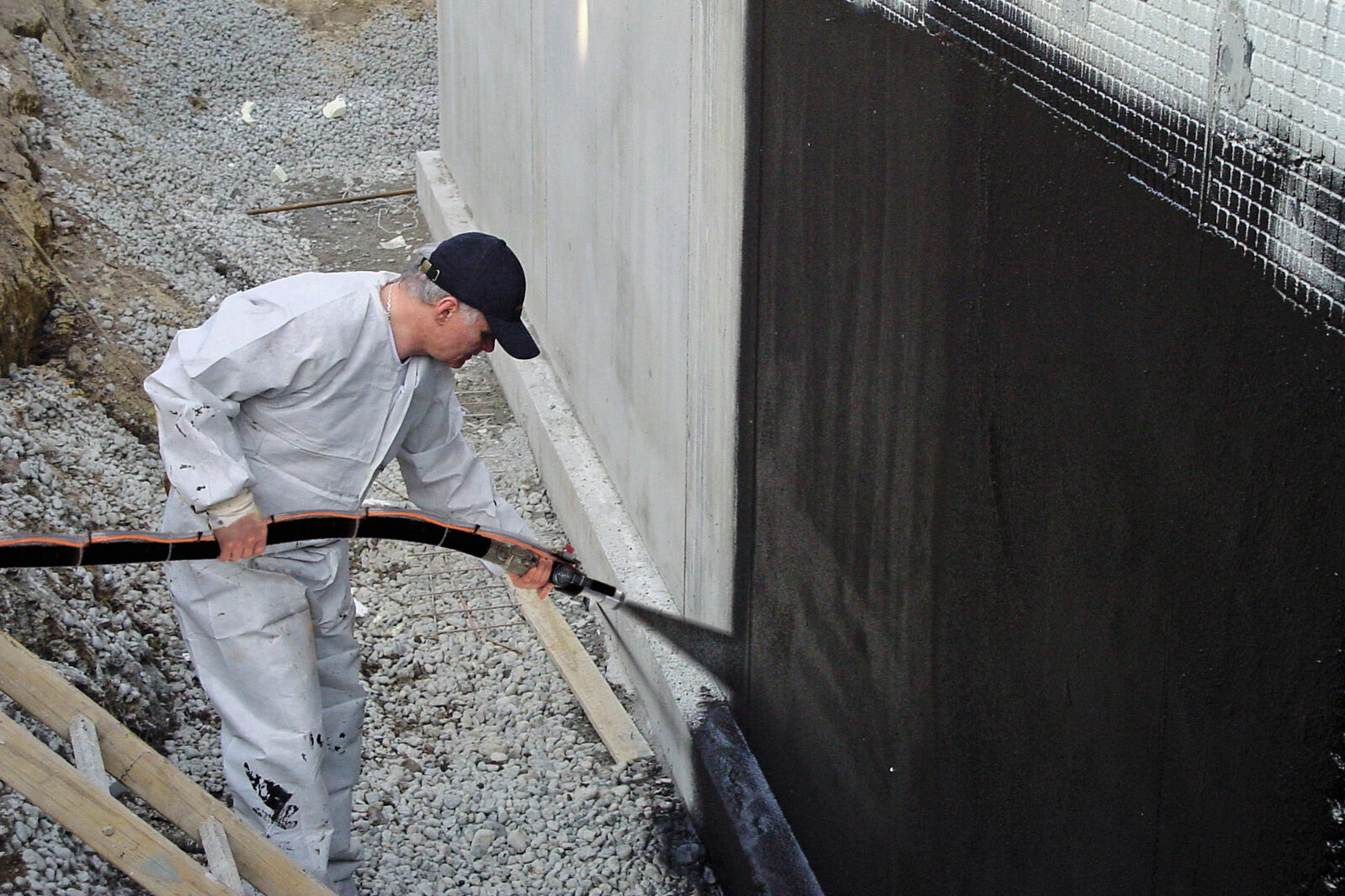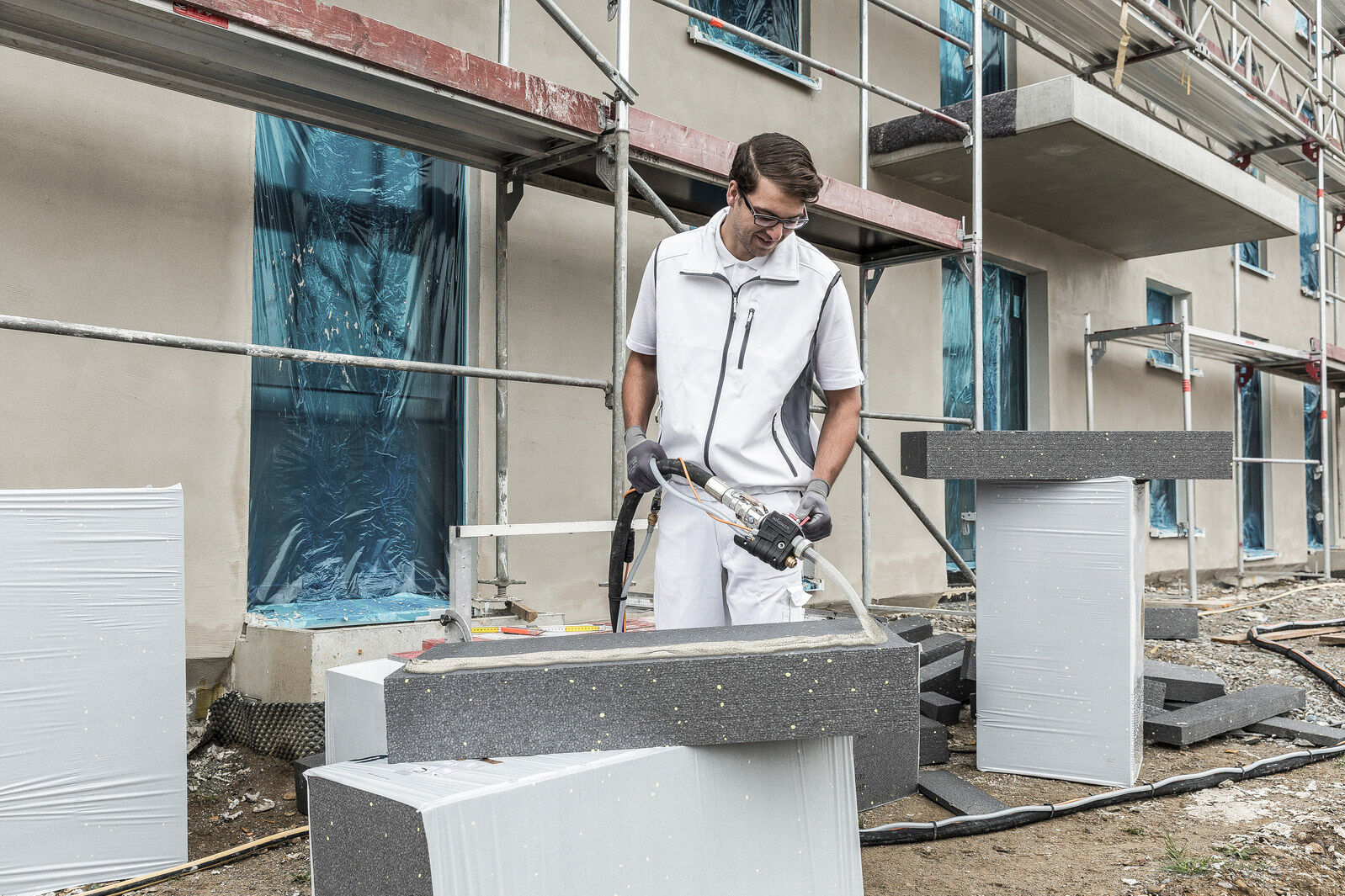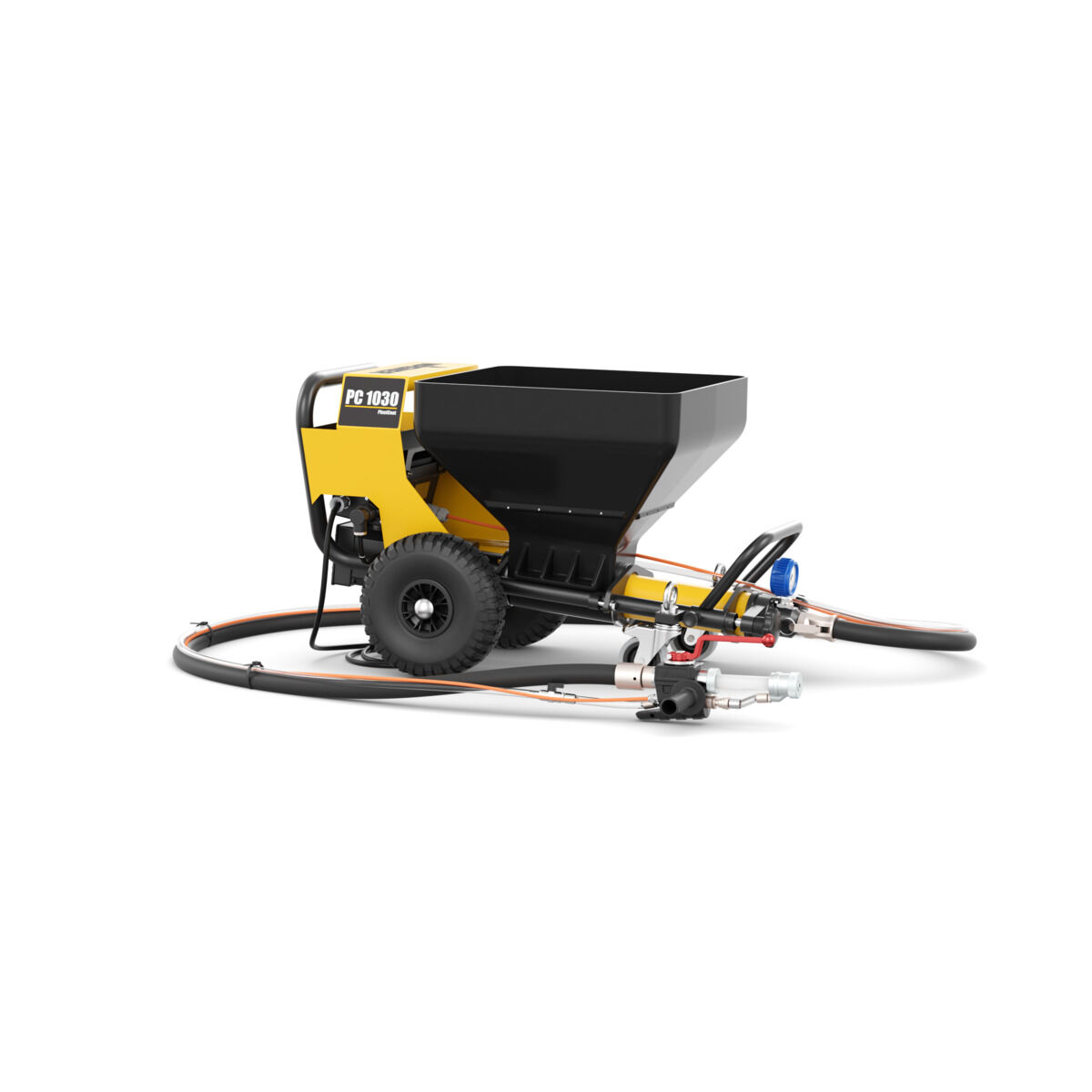The eccentric screw pump: Design and function
"Screw pump" is short for eccentric screw pump. After the inventor, it is also known as the Moineau pump , or from English as the PCP pump (progressive or progressing cavity pump). It is one of the rotating positive displacement pumps. The pumped medium is transported from the upper tank through the hose to the spray lance.
The eccentric screw pump has two main components: on the one hand the rotor, a rotating screw, and on the other hand the stator, a cylinder in which the rotor is located.
The stator has a similar internal geometry to the rotor ,both are helical. When the rotor rotates in the stator, defined empty spaces (conveying chambers) with circumferential sealing result, thus creating a negative pressure. This in turn ensures that the eccentric screw pump is self-priming. Due to the constant movement of the rotor (in contrast to changes in direction of reciprocating pistons and thus corresponding dead centres), material conveying is low in pulsation. At the injection lance, the medium is then divided with the aid of compressed air and can be applied evenly.
Valves for limiting the delivery spaces do not exist in this pump, which means less wear. The rotor moves eccentrically, which means that the axis of rotation of the rotor does not correspond to the axis of symmetry of the complete pump. This is also where the name of the eccentric wrom pump comes from. The eccentric screw pump should not be confused with the Archimedes screw, which is also called a screw pump and is used today especially in the conveyance of solids such as bulk materials. This is a huge helix that simply pushes the conveying elements (often solids) upwards in a trough. There is no stator in which negative pressure is generated, so that this type of material conveying does not belong to the pumps, but is a constant pressure hoist. It was originally used as a water lifting device in ancient times to pump water.


